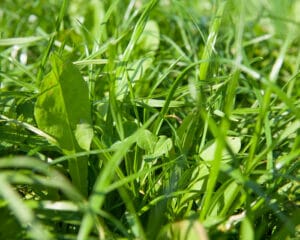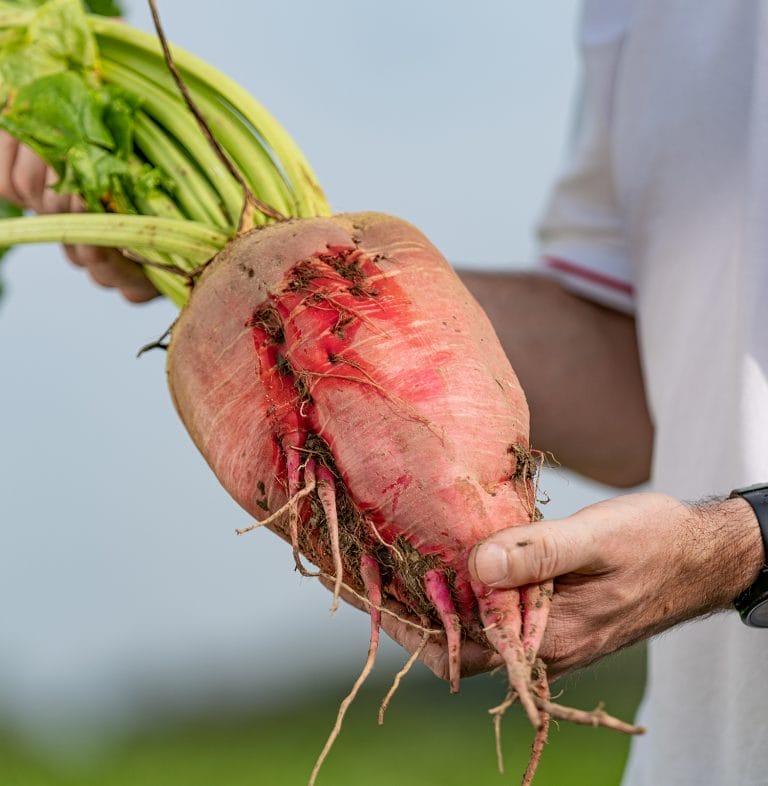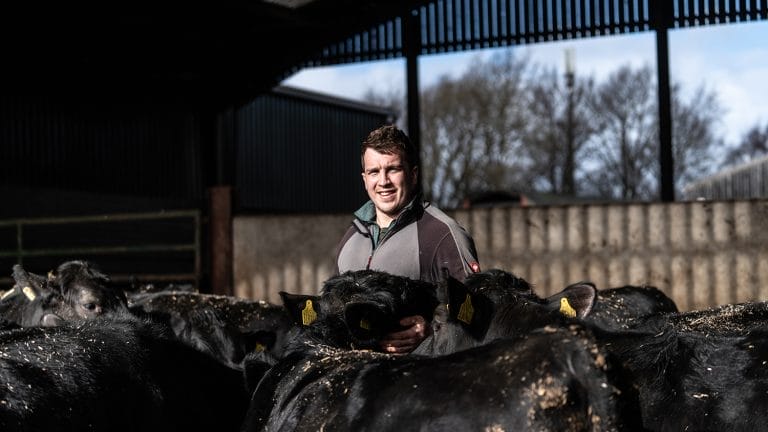
A longer growing season, better quality grass and improved pest control support overall forage production, and they are all advantages of following regenerative agriculture principles.
“One key pillar of regenerative agriculture is greater plant diversity,” says Limagrain’s forage crop manager John Spence. “And it’s an area where grassland farmers can reap the benefits by growing mixtures with more species that widen the growing period and help to combat more variable climate conditions.
“For example, clovers continue to grow in mid-summer when ryegrass varieties slow up. This increases the growing season. Clover also offers nitrogen-fixing benefits.”
Likewise, deeper rooted plants included in multi-species mixtures, such as chicory and plantain, will be more productive in drought conditions whilst also improving soil structure and health.
Improve ground cover
Keeping soil covered is another regenerative pillar – and one to focus on for improved grassland productivity. “Mixtures with improved ground cover, dense swards and few bare patches are less prone to poaching in winter on wet land,” he adds. “Including clovers and herbs alongside highly productive ryegrass varieties ensures mixtures are more robust in dry summers with good ground cover, as well as increased forage output and quality.
 He encourages grassland farmers to avoid leaving swards fallow between reseeds. “We recommend that farmers avoid following grass with grass immediately, particularly if there’s a pest problem, and a six-month break is good. Instead, a winter forage crop such a stubble turnips and forage rape will maintain ground cover, help to break the pest cycle, and provide extra much-needed forage for livestock.”
He encourages grassland farmers to avoid leaving swards fallow between reseeds. “We recommend that farmers avoid following grass with grass immediately, particularly if there’s a pest problem, and a six-month break is good. Instead, a winter forage crop such a stubble turnips and forage rape will maintain ground cover, help to break the pest cycle, and provide extra much-needed forage for livestock.”
One of the main regenerative agriculture pillars is avoiding soil disturbance. “For grassland farmers this means direct drilling of new leys, minimum soil cultivation, and avoiding ploughing where possible. Overseeding is a good way of increasing productivity without cultivation”.
“Mixtures with tetraploid ryegrasses are good here as they complete well with existing grasses.”
Grassland farmers are already following many of the regenerative farming principles, but there’s more to be gained – specialist mixtures, forage break crops and improved practices will both support soil health and add to grassland productivity.
Financial support?
And there’s the added support from new SFI rules that could offer cash payments for making certain improvements, such as “NUM2: Legumes on improved grassland,” which offers £102/ha for introducing legumes such as white clover into existing temporary grass swards.
“It’s a win-win for many grassland farmers – more output from grassland and increased support for regenerative principles will support their businesses’ longer-term sustainability.”


































